Unknown Vine Seedling.
Phelix Arcand
8 years ago
Featured Answer
Sort by:Oldest
Comments (25)
Phelix Arcand
8 years agoken_adrian Adrian MI cold Z5
8 years agoRelated Professionals
Surprise Landscape Architects & Landscape Designers · Glendora Landscape Architects & Landscape Designers · Grand Haven Landscape Architects & Landscape Designers · Owings Mills Landscape Architects & Landscape Designers · Piqua Landscape Architects & Landscape Designers · Pottstown Landscape Contractors · Avocado Heights Landscape Contractors · Bergenfield Landscape Contractors · Homewood Landscape Contractors · Lebanon Landscape Contractors · Mequon Landscape Contractors · Santa Maria Landscape Contractors · Wentzville Landscape Contractors · New Carrollton Landscape Contractors · Merrifield Landscape Contractorsfloral_uk z.8/9 SW UK
8 years agoPhelix Arcand
8 years agoPhelix Arcand
8 years agogardengal48 (PNW Z8/9)
8 years agomatthias_lang
8 years agogardengal48 (PNW Z8/9)
8 years agomatthias_lang
8 years agoPhelix Arcand
8 years agogardengal48 (PNW Z8/9)
8 years agoPhelix Arcand
8 years agolast modified: 8 years agoPhelix Arcand
8 years agogarystpaul
8 years agoPhelix Arcand
8 years agolast modified: 8 years agoPhelix Arcand
8 years agogarystpaul
8 years agocarol23_gw
8 years agoPhelix Arcand
8 years agoZek Anderra
8 years agoeaga
8 years agofloral_uk z.8/9 SW UK
8 years agoZek Anderra
8 years agoZek Anderra
8 years ago
Related Stories

LANDSCAPE DESIGNSee 5 Unexpected Ways to Use Vines
Vines can grow over slopes, trail off pergolas and add seasonal color to the garden
Full Story
EDIBLE GARDENSSummer Crops: How to Grow Tomatoes
Plant tomato seedlings in spring for one of the best tastes of summer, fresh from your backyard
Full Story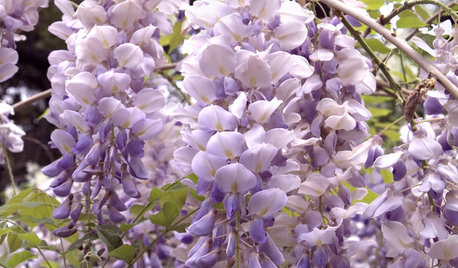
SPRING GARDENINGSpring Planting: Wonderful Wisteria
Classic Vines Add Fragrance, Color and Romance to Garden Designs
Full Story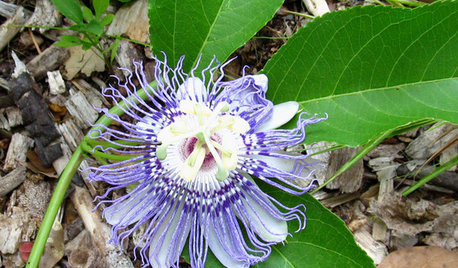
GARDENING GUIDESGreat Design Plant: Passiflora Incarnata
Enjoy the amazing flowers and edible fruit of U.S. native Passiflora incarnata (also known as maypop) — the butterflies sure do
Full Story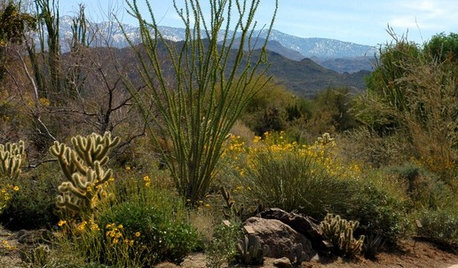
GARDENING GUIDESSouthwest Gardener's April Checklist
Welcome the return of roses and herbs, and consider a new use for vines as you rejoice in your newly green spring garden
Full Story
LANDSCAPE DESIGNThe Unparalleled Power of Trees
Discover the beauty and magic of trees, and why a landscape without them just isn't the same
Full Story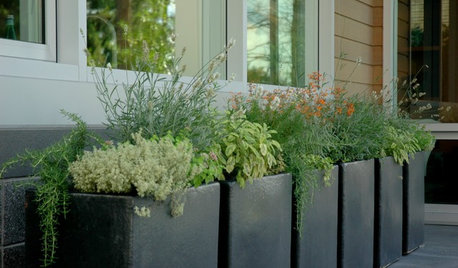
GARDENING AND LANDSCAPINGUnexpected Edible Gardens
How to grow your own herbs and vegetables almost anywhere
Full Story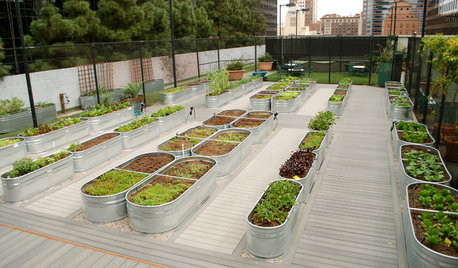
LANDSCAPE DESIGNRecipe for Modernist Edible Garden Style
Herbs, vegetables and fruit trees aren’t just for traditional gardens. Here’s how to design them into modernist landscapes
Full Story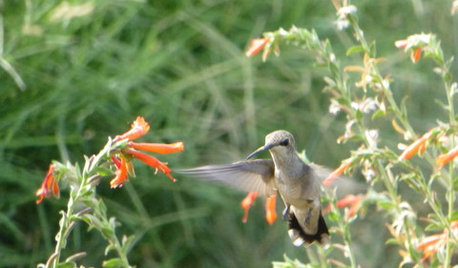
GARDENING GUIDESSweet Serendipity: Opening to Happy Garden Discoveries
Unplanned nature scenes can be unbelievably beautiful; you just need to know how to look
Full Story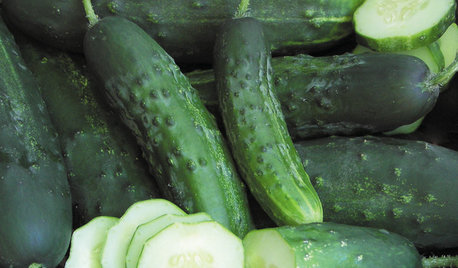
SUMMER FRUITS AND VEGETABLESSummer Crops: How to Grow Cucumbers
Pick a peck for pickles or opt for fewer and raw — no matter how you slice them, cucumbers are great for summer gardens small to large
Full StorySponsored
Zanesville's Most Skilled & Knowledgeable Home Improvement Specialists
More Discussions







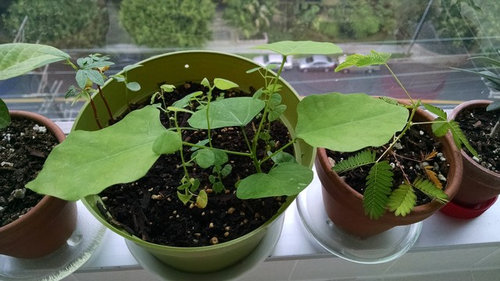


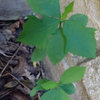
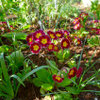
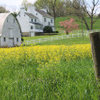


RugbyHukr